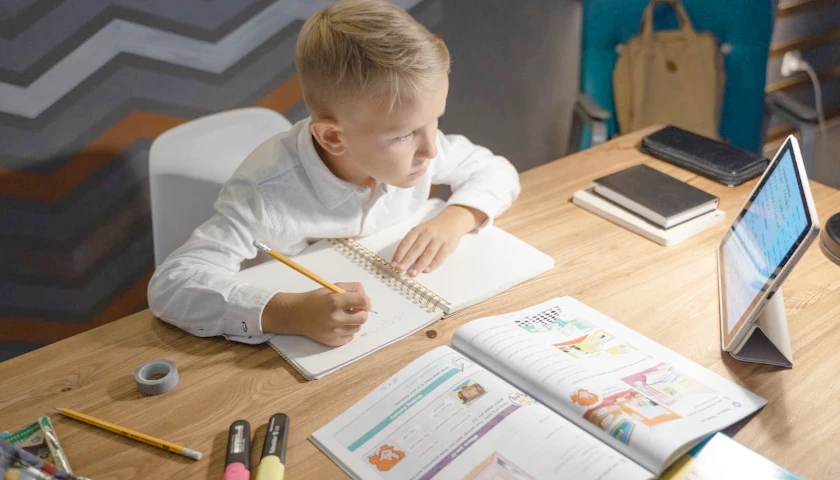by Owen Klinsky
Student test scores are continuing to fall four years after schools moved online due to the COVID-19 pandemic, according to a study released Tuesday by testing company Northwest Evaluation Association (NWEA).
The paper found gaps in academic performance between today’s students and their pre-pandemic counterparts are widening, despite the record $190 billion in federal aid distributed to schools since the pandemic began. The findings — which were divulged from an analysis of test results from the 2023-24 school year for approximately 7.7 million students between the third and eighth grades — also come two years after experts had claimed a recovery in education was underway.

“At the end of 2021-22, we optimistically concluded that the worst was behind us and that recovery had begun,” wrote the study’s authors Karyn Lewis and Megan Kuhfeld. “Unfortunately, data from the past two school years no longer supports this conclusion.”
NWEA’s analysis found that the gap with pre-covid results for sixth graders in math and English grew by 40 percent and 31 percent respectively between fall 2023 and spring 2024. The study also found that the average eighth grader today requires approximately nine months of additional schooling to reach pre-COVID-19 levels in the two subjects.
A similar — albeit less extreme — trend was found for younger students, with third-graders requiring 1.3 additional months of schooling to catch up in math and 2.2 more months to catch up in reading.
Some researchers believe the continued drop off in academic performance is a result of chronic absenteeism as the mean number of students missing 10 percent or more of school days has risen from 15 percent in the 2017-18 school year to 28 percent in the 2021-22 school year, according to a study from the American Enterprise Institute (AEI).
The AEI study also found that, “using the most recent data for the 2022–23 school year…even after the pandemic subsided drastically, the elevated rates of chronic absenteeism fell very little.”
Poor academic performance has persisted despite the $122 billion distributed to U.S. public schools in 2021 alone, which schools must spend by September, according to K-12 education news outlet Education Week.
“We’re a long way from pre-pandemic levels of student achievement,” Dan Goldhaber, an education researcher at the American Institutes for Research and the University of Washington, told the Washington Post.
– – –
Owen Klinsky is a reporter at Daily Caller News Foundation.
Photo “Student Taking Class Online” by Tima Miroshnichenko.





